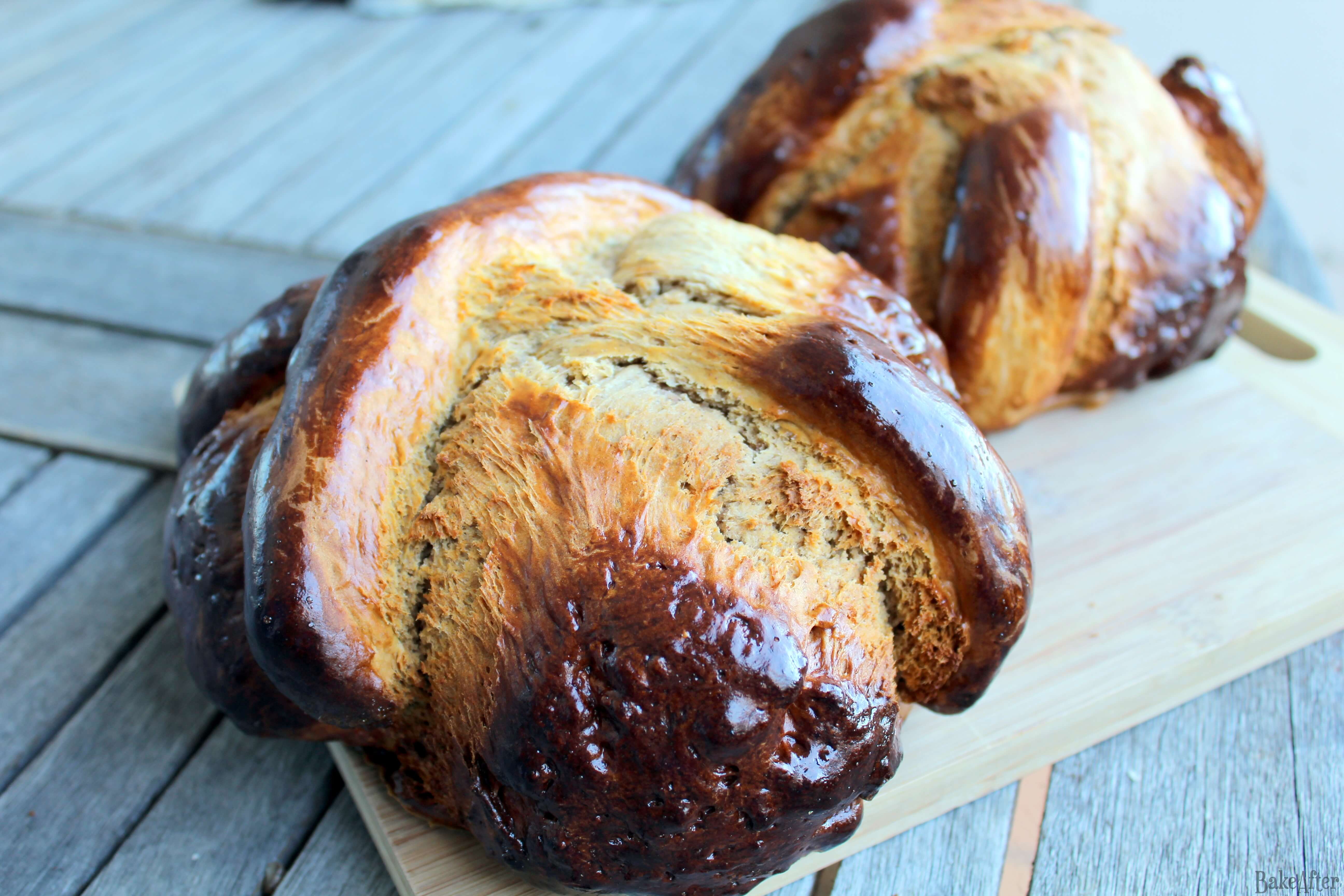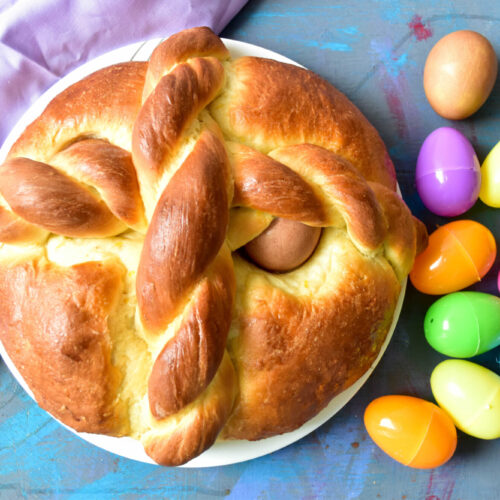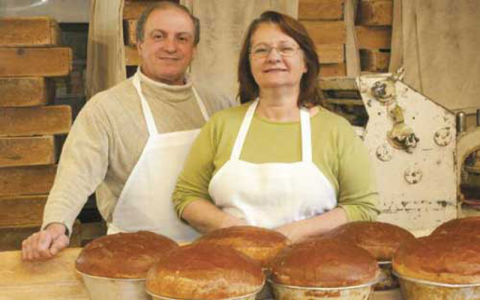Alright, so I decided to tackle that Easter Portuguese Sweet Bread this year. It’s always a bit of a project, but worth it, usually.
Getting Started – The Sponge
First thing I did was get the yeast going. You know, that sponge method. I warmed up some milk, not too hot, just warm enough. Then dissolved the active dry yeast in it. Added a bit of sugar and a little flour, gave it a gentle stir. Then I just covered the bowl with a towel and left it on the counter. Waited for it to get all bubbly and frothy, maybe took about 15-20 minutes? That’s how you know the yeast is alive and kicking, which is super important.

Mixing the Main Dough
Once the sponge looked good, I got out my big mixing bowl. Dumped in the rest of the flour, more sugar, some salt, and made a little well in the center. Cracked in the eggs – quite a few eggs go into this bread, gives it that richness. Poured in the bubbly yeast mixture. Melted some butter earlier, let it cool down a bit, poured that in too. Oh, and a splash of vanilla, sometimes lemon zest, depends on my mood. Today was vanilla.
Then came the mixing. Started with a spoon just to bring it together, then ditched that and got my hands dirty. It’s a sticky dough, let me tell you. Kneading this thing takes some effort. I floured the counter and just went for it. Kneaded for a good 10, maybe 15 minutes. You’re looking for it to get smooth and elastic. It’s a workout.
First Rise – Patience is Key
After the kneading marathon, I shaped the dough into a ball. Greased up that big bowl I used earlier, plopped the dough in, turned it over so the top was greased too. Covered it up again with the towel, and found a warm-ish spot for it to rise. This part takes time. Usually an hour or two, sometimes more if the kitchen is cool. Just gotta let it do its thing until it’s basically doubled in size. You can’t rush this.
Shaping and Second Rise
Okay, doubled! Gently punched the air out of the dough. It deflates, which is always satisfying. Then I divided it. Usually, I make two round loaves from this amount. Shaped them into smooth balls, trying not to handle them too much. Placed them onto baking sheets lined with parchment paper. Some folks like to put a hard-boiled egg (dyed, for Easter!) in the center of each loaf before the second rise, pressing it in gently. I did that for one of them this time.
Covered them loosely again. And yup, more waiting. Second rise time. Needs maybe another hour, hour and a half? They get puffy again, not quite double, but noticeably bigger.
Baking Time!
Heated up the oven while the loaves were doing their final proof. Just before baking, I brushed the tops with a simple egg wash – just an egg beaten with a splash of water. Gives it that nice golden-brown shine later.
Carefully slid them into the hot oven. The smell starts filling the house pretty quickly, that sweet, buttery, yeasty aroma. That’s the best part. Baked them until they were beautifully golden brown and sounded hollow when I tapped the bottom. Took about 30-40 minutes, checking near the end so they didn’t get too dark.

The Result
Pulled them out and let them cool on wire racks. Seriously need to let them cool before slicing, even though it’s tempting. The texture needs to set. Turned out pretty good this year! Nice soft crumb, sweet flavor. Perfect with a bit of butter. Making this always feels like a real accomplishment, you know? A proper Easter tradition.













